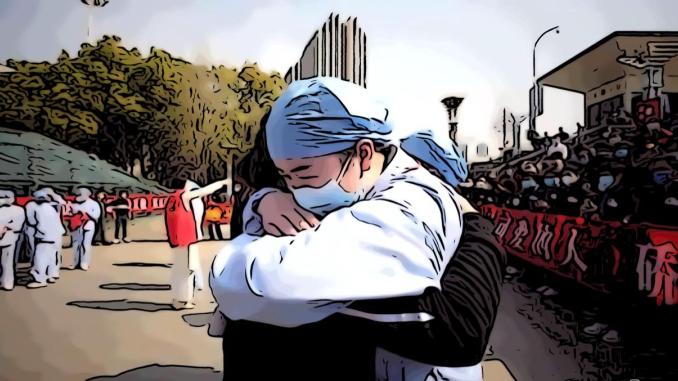
This Wednesday, April 8, the 11 million inhabitants of Wuhan are authorized to enter and leave the city.
The confinement adopted by several countries around the world to fight the coronavirus came to an end at the epicenter of the coronavirus outbreak, Wuhan, after 11 weeks of fighting the pandemic.
It is the seventh largest city in China and one of the 10 largest economies of the Asian giant. Its size and economic importance may explain why the virus traveled so quickly from Southeast Asia to the rest of the continent.
On January 11, 2020, the first death from COVID-19 was recorded in Wuhan. It was a 61-year-old man who had been to the Huanan market.
On January 23 of the same year, the Government announced the obligation to start quarantine, imposed traffic restrictions, suspension of public transport, flights and departure trains.
By then, Wuhan already registered 17 dead and 444 infected people. During the remaining 73 days the outlook only worsened, according to official data more than 3,200 people died from the pandemic.
After midnight this Wednesday, April 8, 2020, the 11 million inhabitants can leave without special authorization, provided that a mandatory application on the cell phone that combines data tracking with government surveillance shows that they are healthy and not have had recent contact with a virus patient.
To celebrate the occasion, a light show was held on the banks of the Yangtze River; skyscrapers and bridges radiated animated images of health workers helping patients. One of them bore the legend “Heroic City,” a title given to Wuhan by the president and leader of the Communist Party, Xi Jinping.
From the embankments and bridges people chanted “Come on Wuhan!” or sang the national anthem.
After the quarantine, heavy traffic on bridges, tunnels and highways, as hundreds of people waited for the first trains and planes, many hoping to return to work elsewhere.
Source: El Nuevo Día

Be the first to comment